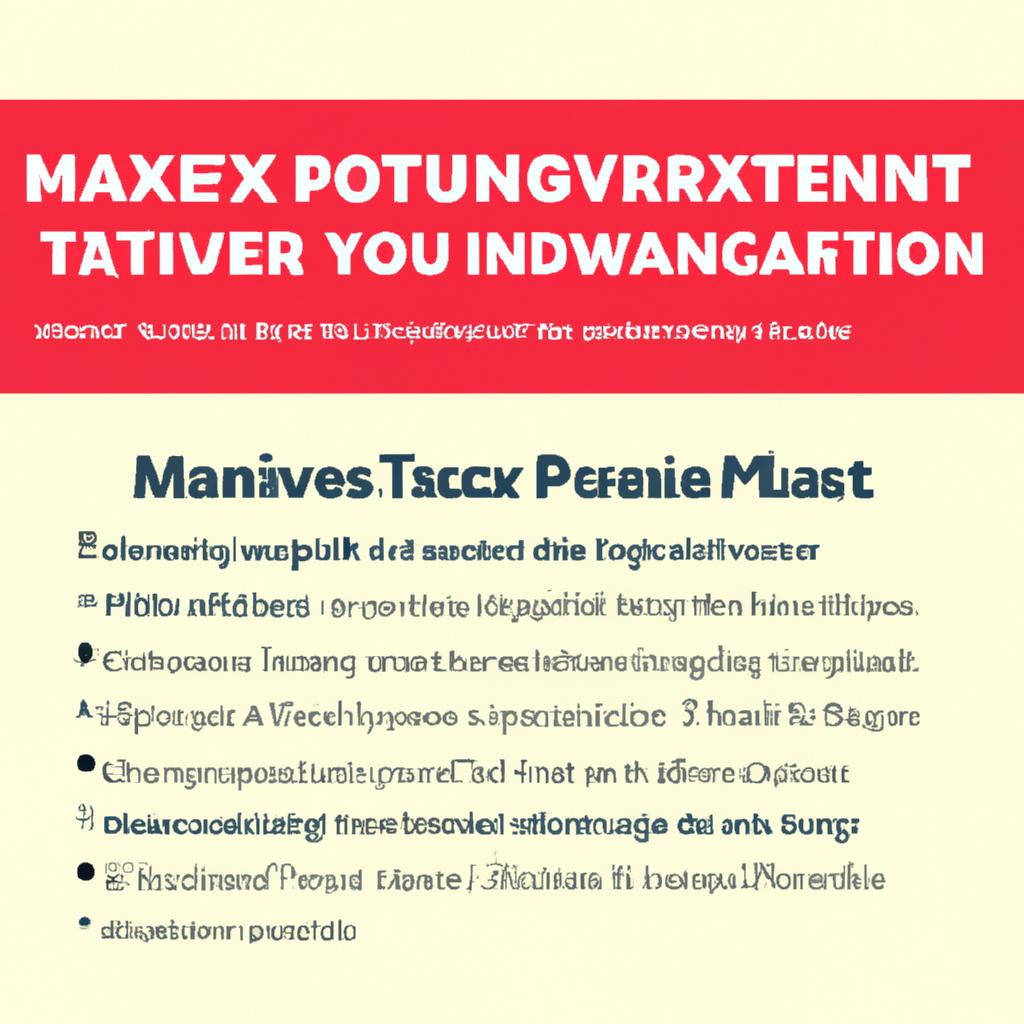Funding Your Trust: A Comprehensive Guide to Protecting Your Assets for the Future
Setting up a trust can be a powerful strategy for safeguarding and managing your assets. However, after establishing your trust, the next crucial step is funding it. From real estate to cash assets, there are various methods for transferring your property into your trust. In this article, we will delve into the details of funding a trust and provide you with the necessary guidance to navigate this essential step in the trust creation process.
Exploring Different Options for Funding Trusts
When it comes to funding a trust, there is a range of options available depending on your specific needs and goals. Understanding these options can help you make informed decisions about how to best support and grow your trust.
Some common funding options for trusts include:
- Outright transfers of assets
- Life insurance policies
- Real estate investments
- Investment accounts
Each funding option comes with its own advantages and considerations, so it’s important to carefully evaluate which method aligns with your trust’s objectives. For example, using life insurance policies can ensure that your beneficiaries receive a tax-free lump sum upon your passing, while real estate investments may provide a steady income stream over time.
Considering the Benefits and Limitations of Different Funding Methods
When it comes to funding a trust, there are various methods to consider, each with its own benefits and limitations. It’s important to weigh these factors carefully to determine the best approach for your specific situation.
Traditional Funding Methods:
- Funding with cash: One of the simplest methods, but may limit the growth potential of the trust.
- Real estate funding: Can provide long-term income and growth, but may come with maintenance costs and market volatility.
- Investment funding: Offers the potential for high returns, but also carries a higher level of risk.
Alternative Funding Methods:
- Life insurance funding: Provides a tax-efficient way to fund a trust and can ensure liquidity for beneficiaries.
- Rollover funding: Involves transferring assets from an existing trust to a new trust, which can be complex but may offer tax benefits.
Ultimately, the best funding method for your trust will depend on your financial goals, risk tolerance, and estate planning objectives. Consider consulting with a financial advisor or estate planning attorney to help you navigate the decision-making process.
Strategically Allocating Assets to Maximize Trust Benefits
When funding a trust, it’s important to consider the long-term benefits and goals you have in mind. One strategy to consider is allocating assets strategically to maximize the benefits for your trust. By carefully selecting which assets to transfer into the trust, you can ensure that the trust will be able to fulfill its intended purpose and provide the maximum benefit to your beneficiaries.
One way to fund a trust is by transferring real estate into the trust. By placing properties into the trust, you can ensure that they are managed and distributed according to your wishes. Additionally, assets such as stocks, bonds, and other investments can also be transferred into the trust to provide a source of income for your beneficiaries.
It’s important to regularly review and update the assets held within the trust to ensure that they align with your current financial situation and goals. By regularly reassessing the assets within the trust, you can make adjustments as needed to maximize the benefits for your beneficiaries.
Key Factors to Consider When Choosing Funding Sources
When funding a trust, there are several key factors that you need to consider in order to make the right decision. By carefully evaluating these factors, you can ensure that you choose the funding sources that align with your goals and objectives. Here are some important factors to keep in mind:
- Asset Types: Consider what types of assets you want to fund your trust with, such as cash, real estate, or investments.
- Longevity: Think about the long-term sustainability of the funding sources you choose, making sure they will be able to support the trust for an extended period of time.
- Tax Implications: Evaluate the tax consequences of using certain funding sources to ensure you are minimizing tax liabilities.
By carefully considering these factors, you can make informed decisions about how to fund your trust in a way that best meets your needs and objectives. Remember to consult with financial professionals to help guide you through the process and ensure you are making sound financial decisions.
Key Takeaways
In conclusion, funding a trust is a crucial step in ensuring that your assets are properly protected and managed for the benefit of your loved ones. By following the steps outlined in this article, you can ensure that your trust is adequately funded and that your wishes are carried out according to your intentions. Remember, seeking the guidance of a professional can help navigate the complexities of trust funding and ensure that your estate plan is executed smoothly. So, take the time to carefully consider how you want to fund your trust and rest easy knowing that your legacy is in good hands.

Introduction:
Trusts play a vital role in supporting various causes and initiatives, from community development projects to educational programs. However, securing funding for your trust can be a challenging task. In this comprehensive guide, we will explore strategies to maximize your trust’s funding potential and help you secure the financial resources you need to make a lasting impact.
Benefits of Maximizing Your Trust’s Funding Potential:
- Increased financial resources to support your trust’s mission
- Ability to fund a wider range of projects and initiatives
- Enhanced credibility and reputation within the community
- Opportunities for collaboration with other funders and organizations
- Improved sustainability and long-term impact
Practical Tips for Maximizing Funding Potential:
1. Identify Your Funding Needs:
Before you can maximize your trust’s funding potential, it’s essential to clearly identify your funding needs. Take the time to assess your current financial situation, determine the costs of your projects and programs, and establish realistic fundraising goals.
2. Build Strong Relationships:
Developing strong relationships with donors, funders, and other stakeholders is key to maximizing your trust’s funding potential. Regularly communicate with your supporters, show appreciation for their contributions, and keep them updated on the impact of their donations.
3. Diversify Your Funding Sources:
Relying on a single source of funding can put your trust at risk. Diversify your funding sources by seeking support from individual donors, corporate sponsors, foundations, and government grants. This will help reduce financial vulnerabilities and ensure the sustainability of your trust.
4. Develop a Clear Fundraising Strategy:
Create a comprehensive fundraising strategy that outlines your goals, target audience, messaging, and outreach tactics. Set specific fundraising targets, timelines, and performance indicators to track your progress and adjust your approach as needed.
5. Leverage Technology:
Utilize technology to streamline your fundraising efforts, reach a wider audience, and engage donors more effectively. Explore online fundraising platforms, social media channels, and email marketing tools to maximize your trust’s online presence and attract new supporters.
Case Studies:
| Organization | Revenue Increase | Strategies |
|---|---|---|
| XYZ Community Trust | $100,000 | Diversified funding sources, enhanced donor relationships |
| ABC Education Foundation | $50,000 | Developed clear fundraising strategy, leveraged technology |
First-Hand Experience:
As a trustee of a local community trust, I have witnessed firsthand the importance of maximizing funding potential. By implementing a comprehensive fundraising strategy, building strong relationships with donors, and diversifying our funding sources, we were able to secure the financial resources needed to support a wide range of community projects and initiatives. The impact of our trust has grown significantly, and we continue to make a meaningful difference in the lives of those we serve.
In conclusion, maximizing your trust’s funding potential is essential for achieving long-term sustainability and impact. By following the practical tips outlined in this comprehensive guide, building strong relationships, and leveraging technology, you can secure the financial resources needed to support your trust’s mission and make a lasting difference in your community.





